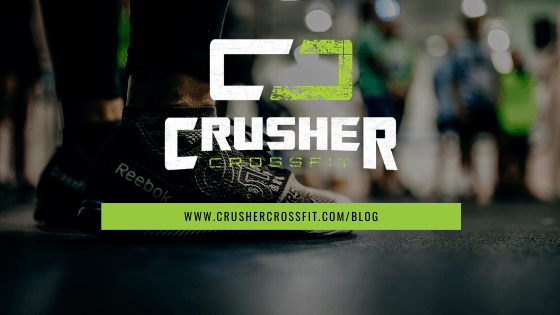“It’s not enough to exercise,“You have got to sleep. You have got to drink enough water. You have got to develop a practice around maintenance of your body. You have got to learn how to move right.” -Kelly Starrett
Let’s face it, there are times when movement prep and cool-down take a back seat to the actual workout. You might be guilty of jumping right into your main lift of the day because you’re short on time. Maybe your post workout cool-down consists of some gasping and sweat angels on the floor before lumbering to the parking lot in search of your protein shake?
Yes, you can make an argument about how kids don’t stretch before taking off at the playground, but with a few rare exceptions all of us need to make time for mobility if we are training hard. Mobility is equal parts injury prevention and performance benefit. If you want to perform at your maximum capability it is well worth the investment of time. I’ll give you a hint, it doesn’t take much! Let’s look at 3 major areas that can make a huge difference in mobility.
1.Ankles
2.Psoas
3.Thoracic spine
1.Ankles
Tight ankles can be a major impediment in your daily training. If you feel like you are hitting a wall in your lifts and want to improve your squats, deadlifts, cleans, and snatches you may want to give some serious attention to your ankles.
Our musculoskeletal system generates movement through the contraction of muscles on a series of levers, our bones. Some positions are more advantageous than others and our goal as athletes is to take advantage of these positions to generate more power in our lifts.
Shortened range of motion in the ankle will make it difficult to maintain powerful positions in the squat because to achieve depth the body must borrow additional range of motion. This compensation is often shown by the individual turning their feet out to the sides. This is often a less favorable position for our muscles to produce optimal force from and can increase risk of injury.
To prep the ankles and increase range of motion practice sitting in the bottom position of a pistol (1-legged) squat. A pistol squat forces the ankle of the working leg to dorsiflex, or shorten the angle created at the ankle joint.
2.Psoas
The psoas is a tricky muscle that often slips under the radar. It runs from the head of the femur in the hip socket and travels up attaching to the lumbar spine. If the psoas tightens it reduces range of motion in the hip socket and simultaneously pulls the lumbar spine down and in. This usually shows up as pain in the low back.
Mobilize the psoas by exploring positions of hip extension. Think about the backswing of the leg before you kick a ball. This means creating space with movements like the couch stretch. Your low back will thank you.
3.Thoracic Spine
The thoracic spine or t-spine for short refers to the series of vertebrae the length of your rib cage, from the neck down to mid spine. As you can imagine, this area is profoundly impacted by the activities we perform and the positions we keep it in. Sedentary behavior and poor posture will cause the thoracic region to become immobile and lose its ability to flex and extend. This becomes problematic and dangerous especially when overhead movements are involved.
Just like with our ankles, a lack of mobility causes our body to compensate and search for movement in alternative areas when hitting an end range of motion. This means losing stability in order to allow for additional mobility. When the thoracic spine is tight our body finds extra space in the lumbar spine and/or scapula region. Chronic injuries and inflammation tend to spring up in these areas if we continually force this movement during exercises like the overhead press or kipping on the pull-up bar.
These are just 3 areas where mobility can make a huge difference in your performance and your health. If you want to learn more about ways to improve your mobility stop in to speak with one of our coaches today. Coach@CrusherCrossFit.Com

